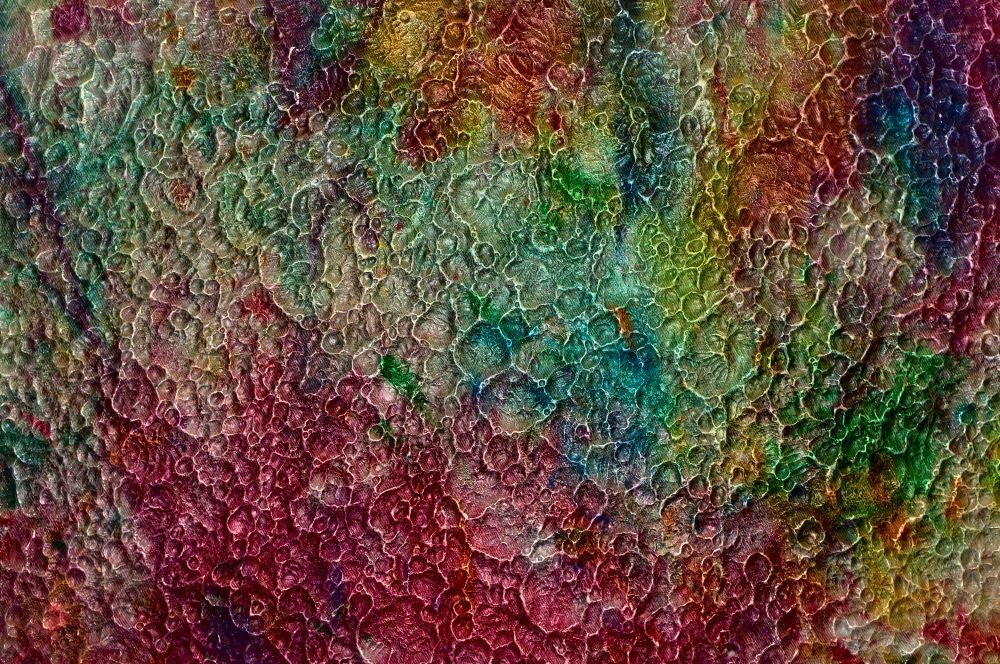Watching from above: how satellite data is making supply chains climate smart
05 February 2025

05 February 2025

Article written by: Tim Mooney
Satellite data tracking ports around the world is identifying problem areas in supply chains, allowing for sustainable adjustments and calling out greenwashers.
Satellite data generates a clear image of a products lifecycle, from manufacture, to shelf, to purchase. By analysing this data, supply chain gurus are able to map the journey of a product and determine where excessive freight emissions may be being generated via inefficient journeys or illogical routes.
A growing number of organisations are leaning into satellite data to refine the route of their products, reducing the associated freight emissions associated with transporting a product from A to B. Analysing the routes from above highlights excess steps and movements which can be corrected on the ground to decrease transport distance, time, and emissions.
“Climate risk” is a measure of how vulnerable a product or service is to natural climate disasters. For example, a factory situated on a flood plain would be considered high risk due to its susceptibility to excessive damage in the event of extreme weather in the area, such as storms or excessive rainfall.
Satellite data can give environmental guidance in two ways: firstly, by identifying high risk areas and advising against the development of key assets in these regions to enhance climate resilience, and secondly by anticipating when extreme weather may be most likely to interrupt supply chains.
As satellite data becomes more advanced and accessible, organisations can foreshadow extreme weather, such as droughts and storms, and temporarily alter their supply chains to ensure their business can continue operating and delivering its product or service in spite of negative climate conditions.
Satellite data is also being used to monitor seasonal patterns which uncovers land and marine shifts that advise on climate change mitigation and adaptation strategies. Historic seasonal data can then be used to accurately defend against weather conditions prevalent during certain periods of the year.
Accurate data can be a superpower for organisations. Only by establishing a clear baseline of emissions can organisations develop and instigate meaningful policy moving forwards. For many organisations, establishing their supply chain emissions can be complicated, and somewhat intangible.
That’s where satellite data steps in. Organisations that gather a clearer understanding of their supply chain will know where to look for good data. While satellite information won’t give your organisation carbon data in itself, it will help you to identify the areas which may require further analysis. For example, trucking routes that intercept one another could be monitored and combined to reduce the number of vehicles on the road and deliver combined shipping strategies.
Synthetic Aperture Radar (SAR) is an ultra-sensitive form of satellite radar that allows for deeper insights into vegetation and soil health. This can be used to reduce waste in a supply chain by indicating optimal times to plant and rear crops which may be used in an organisation’s manufacturing process, reducing wastage from materials planted and reared and inappropriate times.
Much of the developments in satellite technology are about providing more accurate data and insights which organisations can use to refine their strategies, defend against climate change, and anticipate shocks. As satellite tech develops, the number of companies improving their supply chain with this technology is set to increase.
Share